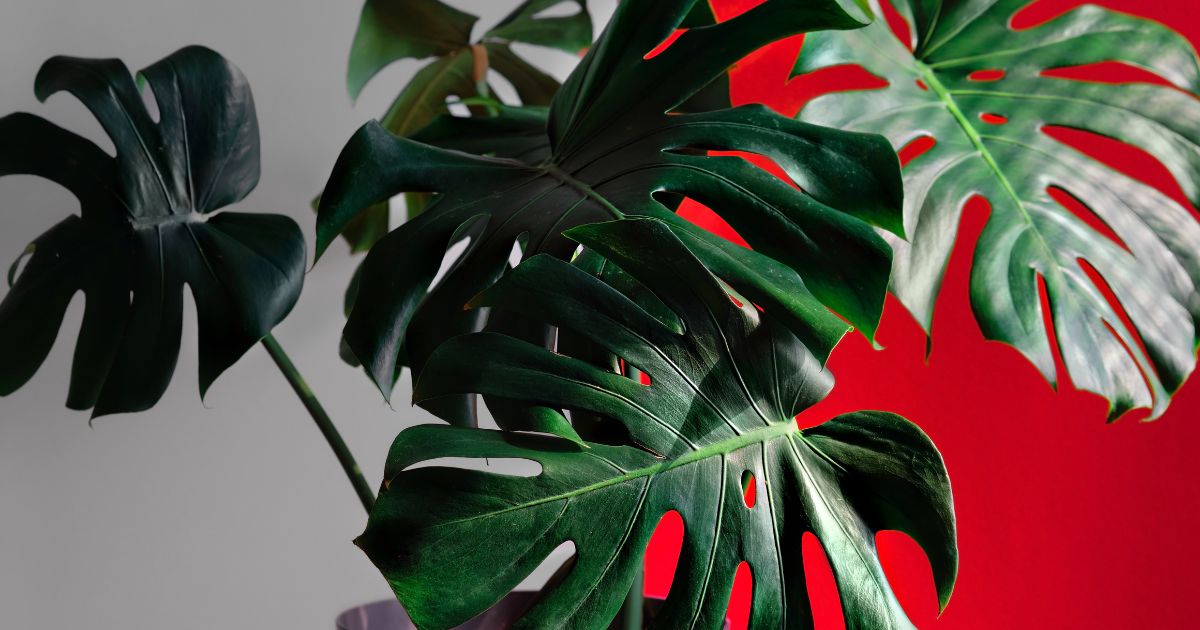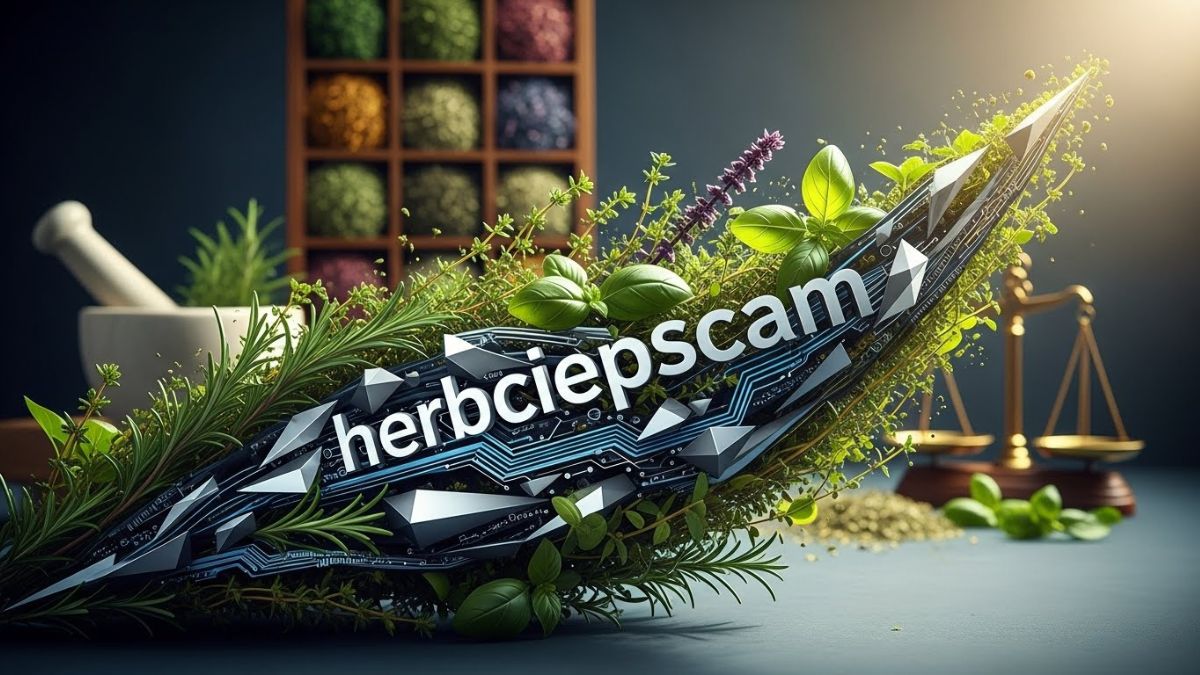Monstera Albo is one of the most stunning and sought-after houseplants due to its striking variegated leaves. With its unique white and green marbled patterns, this plant adds an exotic touch to any indoor space. However, caring for Monstera Albo can be challenging, as its variegation makes it more delicate than other Monstera varieties. In this guide, we’ll explore everything you need to know about Monstera Albo, from its origins and care tips to propagation and common problems.
What Is Monstera Albo?
Monstera Albo, also known as Monstera deliciosa ‘Albo Variegata,’ is a rare and highly prized variety of the Monstera deliciosa plant. It features white variegation caused by a genetic mutation that reduces chlorophyll in parts of its leaves. Because of this, it grows more slowly than its fully green counterparts.
Why Is Monstera Albo So Expensive?
The high demand for Monstera Albo is due to its rarity and slow growth. Since the variegation is unpredictable and cannot be grown from seeds, growers rely on stem cuttings for propagation. This limited availability makes Monstera Albo one of the most expensive houseplants on the market.
How to Care for Monstera Albo
Light Requirements
Monstera Albo thrives in bright, indirect light. Since the white variegation lacks chlorophyll, too much direct sunlight can burn the leaves, while too little light can cause the plant to lose its variegation. A spot near a window with filtered sunlight is ideal.
Watering Needs
Water Monstera Albo when the top 2 inches of soil feel dry. Overwatering can lead to root rot, which is a common issue with this plant. Ensure the pot has drainage holes to prevent excess water from sitting in the soil.
Ideal Temperature and Humidity
This plant prefers warm temperatures between 65–80°F (18–27°C). It also thrives in high humidity, ideally above 60%. If you live in a dry climate, use a humidifier or mist the plant regularly to keep humidity levels up.
Choosing the Right Soil
A well-draining, aerated soil mix is essential for Monstera Albo. A mix of potting soil, orchid bark, perlite, and peat moss works best to ensure proper drainage and aeration.
Fertilizing for Growth
Since Monstera Albo has less chlorophyll, it benefits from regular feeding. Use a balanced liquid fertilizer diluted to half strength every two to four weeks during the growing season (spring and summer). Reduce feeding in fall and winter.
How to Propagate Monstera Albo
Propagation is done through stem cuttings. Look for a cutting with at least one node and an aerial root. Follow these steps:
Cut Below a Node – Using a sterilized knife or scissors, cut a healthy stem section with at least one node.
Root in Water or Soil – Place the cutting in water or moist soil. If using water, change it every few days.
Provide Proper Conditions – Keep the cutting in bright, indirect light with high humidity.
Wait for Root Growth – In a few weeks, roots should develop. Once they are 2–3 inches long, transplant the cutting into soil.
Common Problems and Solutions
Yellowing Leaves
Overwatering is the most common cause of yellowing leaves. Ensure the soil dries out between waterings and that the pot has proper drainage.
Brown or Crispy Leaves
Low humidity or too much direct sunlight can cause leaf edges to turn brown. Increase humidity and move the plant to a spot with filtered light.
Loss of Variegation
If new leaves lack variegation, the plant might not be getting enough light. Move it to a brighter spot to encourage variegation.
Conclusion
Monstera Albo is a stunning but high-maintenance plant that requires careful attention to light, watering, and humidity. With proper care, it can thrive and become a breathtaking focal point in any home.
FAQs
How fast does Monstera Albo grow?
Monstera Albo grows slower than regular Monstera deliciosa due to its variegation. However, with ideal conditions, it can produce new leaves every few months.
Can Monstera Albo revert to green?
Yes, if the plant doesn’t receive enough light, new leaves may lose their variegation. Moving it to a brighter spot can help restore its white patterns.
Is Monstera Albo toxic to pets?
Yes, Monstera Albo is toxic to cats and dogs if ingested, as it contains calcium oxalate crystals that can cause irritation.
How often should I repot Mons’tera Albo?
Repot your Mons’tera Albo every 2–3 years or when the roots outgrow the pot. Choose a slightly larger pot with good drainage.
Why is my Mo’nstera Albo not producing fenestrations?
Fenestrations (natural holes in the leaves) develop as the plant matures. If your plant is young or not receiving enough light, it may take longer to produce split leaves.











